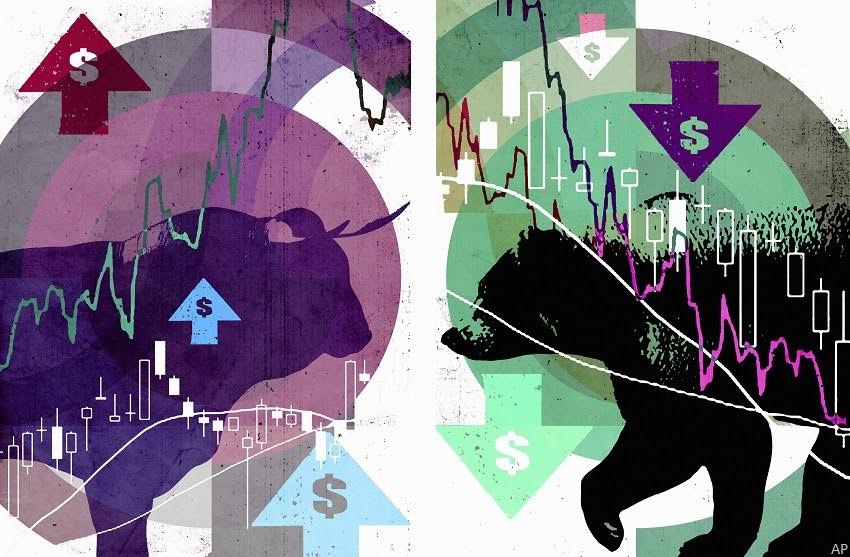
WISDOMTREE- Weekly commentary from Professor Jeremy J. Siegel (08/28/2023) :
It was not a big week from an economic data perspective, but the two highlights of the week: Powell’s Jackson Hole speech and Nvidia’s earnings.
I was frankly disappointed in Powell’s speech. Since the last FOMC meeting last month, the only economic dynamic that occurred is an uptick in economic growth projections—particularly from real time forecasting models like those from the Atlanta Fed that show an over 5% estimate for Q3 real GDP.
But the stronger economic growth and forecasts are being caused by a jump in productivity. Powell did not mention productivity at all but rather seemed to worry that stronger economic growth could ignite more inflation from the labor market. There is no evidence the labor market is tightening further now. There’s also no evidence that it’s loosening all that significantly either. But the rate of hiring and hours worked is significantly down this year from last year. We’ll get more evidence with this Friday’s employment report.
Yes, we are getting some wage increases. But most of that is what I refer to as catch-up wage increases, particularly for the 11% of the workforce that has union contracts that argue workers have fallen behind inflation. A lot of other wage increases this year are from productivity growth resuming and should not be an inflationary concern for the Fed. Powell’s speech shows signs of a Phillips Curve concern—stronger economic growth means tighter labor markets—and this means more wage pressures and more inflation without really looking into the details of what is driving today’s economy. What has happened over the last month since the meeting has not been inflationary.
All that said, we are still quite early before the next FOMC point. Most do not see a rate increase at the September meeting and all eyes go to November. The market has started pricing in a 50-50 probability of a November hike, but we will get a lot more data before the November meeting. We are seeing rising delinquencies on auto loans, on credit cards, and there are signs of a credit default cycle picking up. These are downside risks.
Nvidia earnings emphasize again that technology capital expenditures and advancement will spur economic growth into the future. Real GDP growth is going up, real interest rates are going up and that is going to keep these levels of interest rates firm. There’s more talk about R*, the equilibrium real Fed Funds rate, being higher than 0.5% and I concur that it probably has moved up recently.
For the market, it looks like profits are going to hold up well. We have a battle between the numerator and denominator in valuation frameworks. The numerator being the cash flow stream of the market, which is remaining robust and growing. While the denominator being the discount rate to bring those future cash flows to present value, which is also going up. Higher real rates pressure stock valuations. Which will win out? It will depend on which rises faster.
Nvidia’s earnings response shows the trouble of very high valuation multiples—even when the stock far surpassed what analysts estimated, the stock failed to hold its after-hours rally and declined through the end of the week. Were there any buyers left after so many were bullish? This was a classic case of buy on the rumor, sell on the news.
This week is a big week on the data front. We’re going to have the money supply, Case-Shiller housing index, JOLTS and Friday’s labor market report. We also will get the PCE inflation data and the second estimate of GDP. Enjoy the final stretch of summer and let’s see how the data comes in this week!
